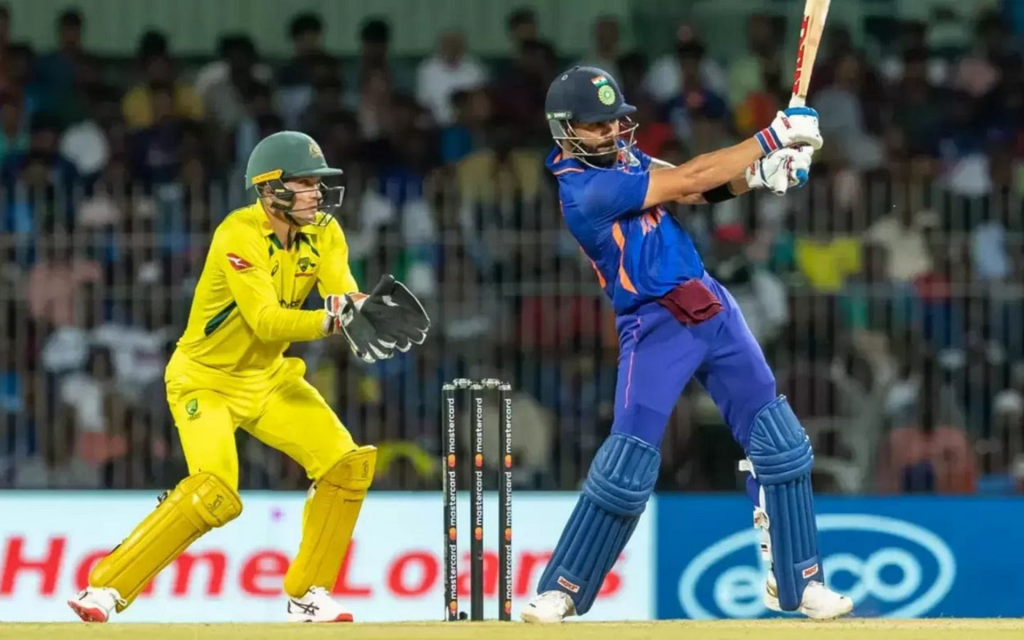
Cricket Data and Leadership has transformed how teams and players prepare and strategize, raising questions about its impact on traditional decision-making. With data analytics playing a dominant role, many wonder if captains and coaches still hold authority or if Cricket Data and Leadership is shifting power toward analysts.
In the past, decisions such as placing a fielder, batting order, and bowling changes were often intuition-picked by a captain or coach, but today the use of data from numerous sources where players’ data, pitch behavior data, opposition strategies, and even the weather are included-that is missing. Analysts process statistics and write them into detailed reports that guide teams in refining and fine-tuning their plans in a very scientific way. With advanced analytics, this can now be predicted as part of data-intensive modern cricket, including how the pitch might behave or a batsman’s challenges against a particular type of bowler.
These insights, however, are argued by many that they could diminish the role of the captain and coach. In the past, gut feelings were used to make decisions regarding placements, batting order, or bowling changes; now, these decisions are influenced by predictive models with statistical probability baselines. For example, if the data shows that a specific bowler struggles against left-handed batsmen in the last few overs, then suddenly, teams may need to strategize accordingly. And this became a fear of cricket becoming a data-only game.
One has noted that such influence of analytics is mainly seen in the franchise leagues, which are any leagues of professional cricketers in which a team represents a city or a particular area like how IPL teams have a large amount of support staff together with dedicated analysts. Spies up there in the SOP are being seen as some captains call certain cues from the dugout through codified sayings or pre-planned blueprints instead of doing an off-the-cuff or adapted evaluation. This development did not sit well with cricket followers and experts alike because some argue that the art of captaincy is losing its import owing to the dependence on data-driven strategies.
Not to say that with increasing analytics, one no longer matters in cricket-the captain and coach still command a lot of prestige. However, a captain must still read the game in real time, adapt to changing conditions, and keep his or her players motivated under fire. One can get a probability or insight using the statistics; but cricket will always be unpredictable-such as the form of the player or nerves of a player on the day of a match or changing weather conditions, when all can affect the result deep within what statistics shall predict. Data does not build a solution in the same way as it does not necessarily pertain to a coach’s work, which is about mentoring the players, facilitating team spirit, and helping in the development of mental resilience.
The best teams have found out how to marry data-driven insights and human judgment. While using analytics can certainly provide an edge, it can be dangerous to rely solely on numbers cricket is a game of skill, teamwork, and adaptability in which experience and instinct still play a pivotal role in making the right call. The future of cricket will be delineated between these two extremes and, therefore, between the side of technology and traditional leadership, ensuring that while data continues to shape strategies, the core elements of the game remain firmly in the hands of captains and coaches.

